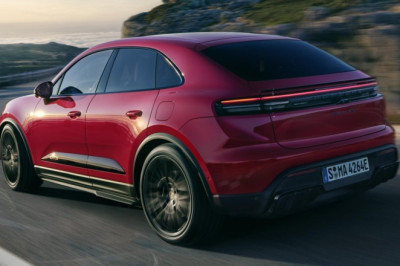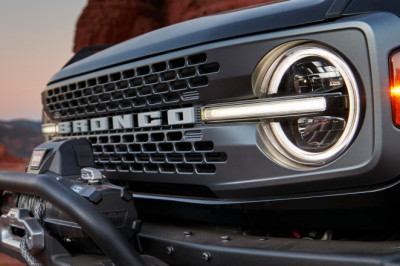
Consumer confidence took a sharp downturn this spring as fears of a trade-war-driven economic slowdown rattled the public. The introduction of new tariffs, ongoing high interest rates, and uncertainty surrounding peace conditions in the Middle East all contributed to a more cautious approach to spending.
At the start of the year, vehicle sales in the United States surged as consumers rushed to purchase new cars ahead of anticipated price hikes from additional tariffs. This early-year buying spree was fueled by concerns that vehicles would soon become significantly more expensive, prompting many to accelerate their purchases in March and April. Dealers reported strong demand during this period, with some automakers even planning to raise sticker prices in response to the new trade barriers.
However, this surge in sales was not sustained. As spring progressed, the market began to cool. By May, while U.S. auto sales were still up slightly compared to the previous year, the pace of growth had slowed considerably. Analysts noted that the rush to buy ahead of tariff increases had front-loaded demand, resulting in a softer market in the following months. June saw a further moderation in sales, with industry experts pointing to rising vehicle prices, persistent high interest rates, and growing affordability concerns as key factors weighing on consumer sentiment and spending habits.
The average transaction price for new vehicles continued to climb, reaching record highs, while the cost burden from tariffs was estimated to add thousands of dollars to the price of each vehicle for manufacturers. This, combined with the broader economic uncertainty, led both consumers and dealers to brace for a potentially challenging second half of the year.
Despite the early optimism for a strong year in auto sales, the combination of global economic pressures and shifting consumer confidence has created a more volatile and unpredictable market environment as 2025 unfolds.














